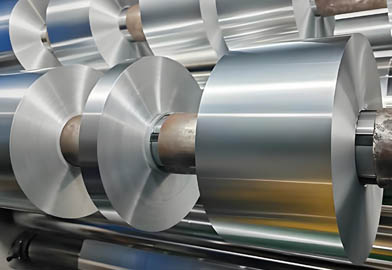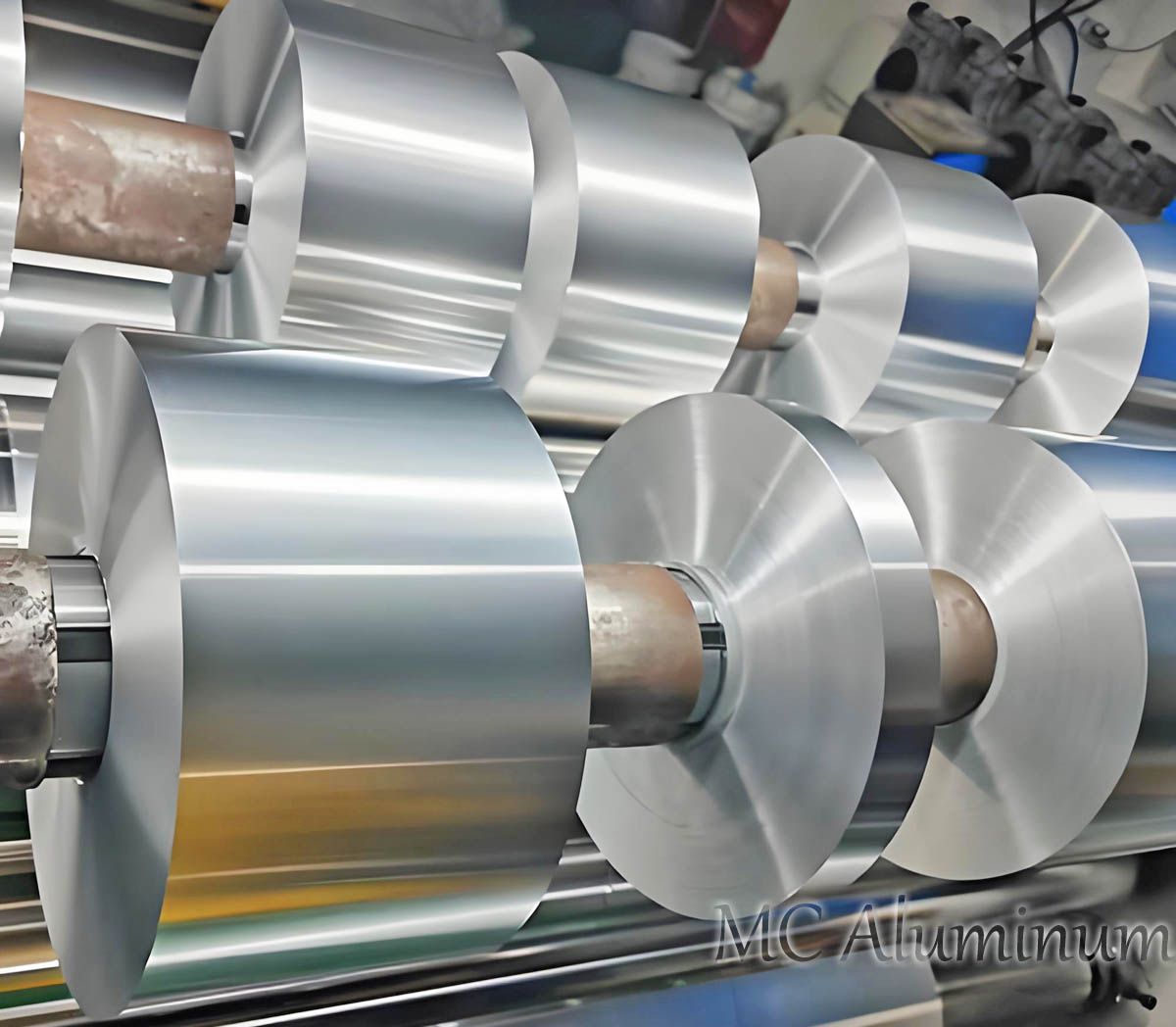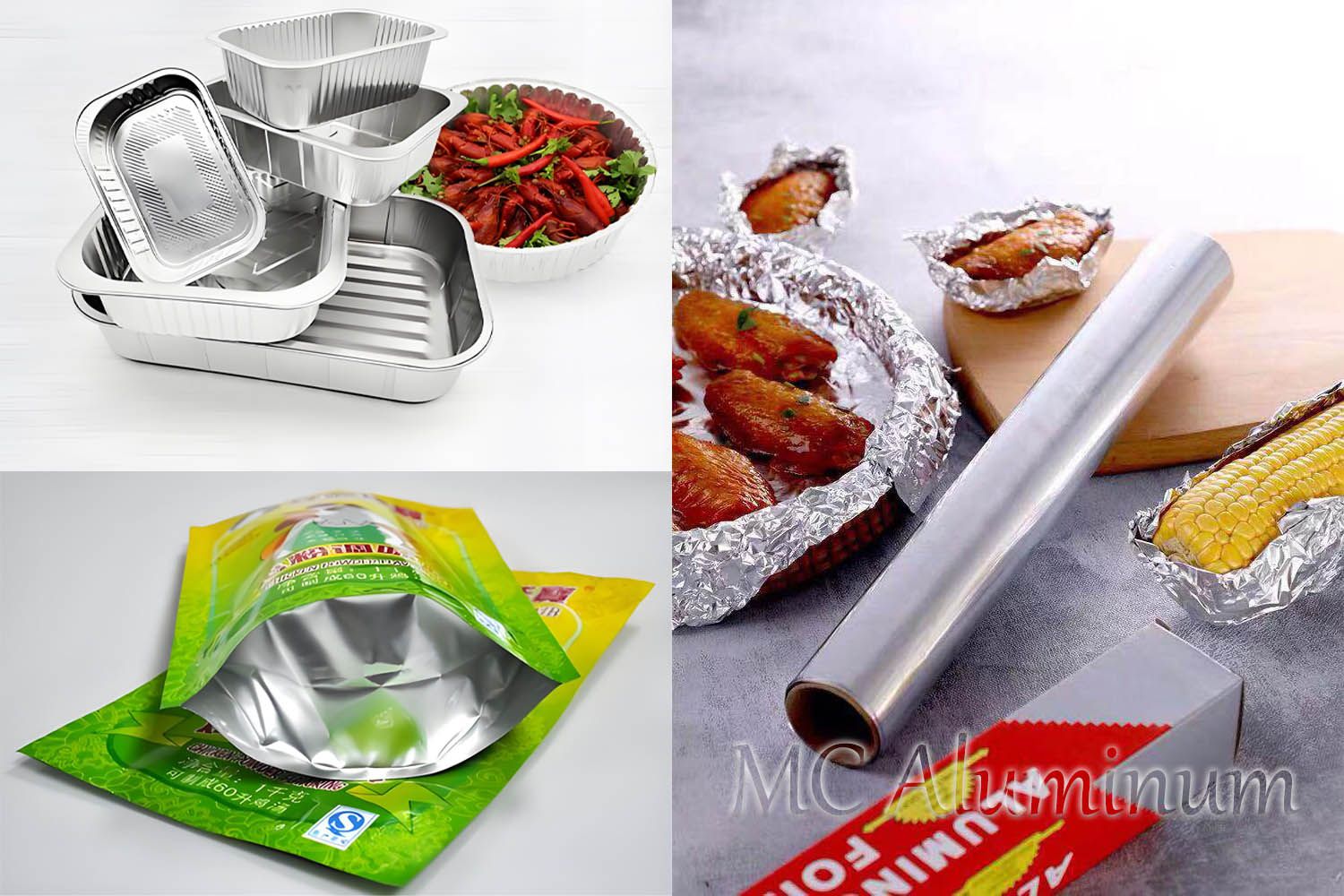- sales@alummc.com
- Xin'an Industrial Assemble Region,Luoyang,Henan Province,China


8079 aluminum alloy, along with 8011 and 8021 alloys, belongs to the 8000 series of aluminum alloys. 8079 aluminum foil is a material with excellent ductility, high strength, and good barrier properties. It is widely used in pharmaceutical packaging, food packaging, battery pouches, daily chemical packaging, and various industrial protection applications. Compared to the commonly used 8011 aluminum foil, 8079 offers superior flexibility and puncture resistance, making it especially suitable for packaging scenarios that require high sealing performance and physical protection.
MC Aluminum manufactures 8079 alloy foils that perform optimally across various applications, in temper conditions such as H14, H18, and in thickness ranges from 10 to 200 microns.
O (Annealed): Offers excellent ductility and workability, ideal for flexible packaging and complex shapes or designs.
H14: Balances strength and formability, suitable for medium-strength packaging applications.
H18: Provides high tensile strength, making it ideal for pharmaceutical blister foil to maintain the integrity of single-dose packaging.
H22 & H24: Provide greater strength compared to the O temper. H24 is harder than H22, making it suitable for rigid packaging applications.

8079 vs. 8011 Aluminum Foil:
8079 foil has higher strength and better elongation than 8011, making it more suitable for applications requiring greater mechanical integrity.
While both are used in pharmaceutical, food, and household packaging, 8079 excels in durability and puncture resistance.
8011 foil may have slightly higher aluminum content than 8079.
8079 vs. 1235 Aluminum Foil:
1235 alulminum foil has higher aluminum purity (>99.35%) than 8079 (>98.0%).
8079 has higher ultimate tensile strength (approx. 150 MPa in H14 temper) vs. 1235 (80–84 MPa).
1235 has a higher elongation at break (28–34%), while 8079 has ~2.2% in H14 but higher in O temper.
1235 has better moisture resistance; 8079 offers better corrosion resistance and superior oxygen/aroma barrier in some cases.
1235 is often used in flexible packaging, tape, and cable foil, while 8079 suits more demanding pharmaceutical, tobacco, and battery applications.
8079 vs. 8021 Aluminum Foil:
8021 contains Si, Fe, Mn, Cu; 8079 contains Mn, Mg, Cr.
8021 is typically used for pharmaceutical, food, and tobacco packaging due to its excellent moisture and UV resistance.
8079 is often used in capacitors and battery packaging.
8021 has a smoother surface and higher strength/toughness, whereas 8079 has better ductility.
| Alloy | 8079 |
| Thickness | 0.006 mm – 0.2 mm |
| Width | 250 mm – 1650 mm |
| Tempers | HO / H22 / H24 / H18 / H26 etc. |
| Core ID | 76 / 152 mm |
| Surface Treatments | Bright, matte, coated, printed, embossed, etc. |
| Color | Primarily silver, with options for color printing or customized coating |
| Applications | Semi-rigid container foil, food packaging foil, household foil, pharmaceutical foil, flexible packaging |
| MOQ | 1–3 tons |
Chemical Components:
| Alloy | Si | Fe | Cu | Mn | Mg | Cr | Zn | Ti | Other:Each | Other:Total | Al |
| 8079 | 0.50-0.3 | 0.7-1.3 | 0.05 | - | - | - | 0.1 | - | 0.05 | 0.15 | remainder |
Physical Properties
| Property | Density | Melting Point | Thermal Conductivity | Electrical Conductivity | Elastic Modulus | Thermal Expansion |
| Value | 2.7 g/cm³ | 660 °C | 237 W/(m·K) | 34.2 MS/m | 72.4 GPa | 23.1 x 10^-6 1/°C |
Mechanical Properties
| Property | Tensile Strength | Elongation at Break | Yield Strength |
| Value | 70 – 90 MPa | 3 – 6 % | 35 – 60 MPa |
Advantages of 8079 Aluminum Foil
Excellent barrier properties: Completely blocks moisture, oxygen, UV light, and bacteria, ensuring the stability of packaged contents.
High flexibility and tear resistance: Adapts to complex packaging processes; resistant to breaking or puncturing.
Good surface coating compatibility: Suitable for various coatings, printing, or lamination processes.
Safe and non-toxic: Compliant with FDA, SGS, ROHS, and other international food and pharmaceutical standards.
High heat-sealability: Can be heat-sealed with various materials to form a tight seal, enhancing package integrity.
Food Packaging
Used in food foil (e.g., chocolate, dairy lid seals), beverage foil, and food container foil due to its light-blocking and sealing properties that extend shelf life.
Composite packaging: When combined with plastic or paper, it enhances barrier performance (e.g., composite films, flexible packaging bags).

Pharmaceutical Packaging
In H18 temper, 8079 aluminum foil performs best in pharmaceutical applications.
Widely used in blister packaging for capsules and tablets, vial seal materials—meeting light-blocking, moisture-proof, and sterile packaging requirements.

Other Industrial Applications
Due to its excellent conductivity, 8079 foil is used in battery pouch packaging.
Also used for insulation, electronic cable shielding tape, and bottle cap material.
Can be laminated with other flexible packaging materials to form high-performance composite structures.

Production Process of 8079 Aluminum Foil
Casting and Rolling: Molten aluminum is cast into slabs and rolled into thin sheets.
Cold Rolling: The sheets are further reduced in thickness using rolling mills.
Annealing: The foil is heated at controlled temperatures to relieve internal stress and increase ductility.
Final Cold Rolling: Post-annealing, the foil is rolled to achieve final thickness and surface finish.
Slitting and Inspection: The foil is slit into narrow rolls and inspected for pinholes, scratches, wrinkles, and other quality defects.